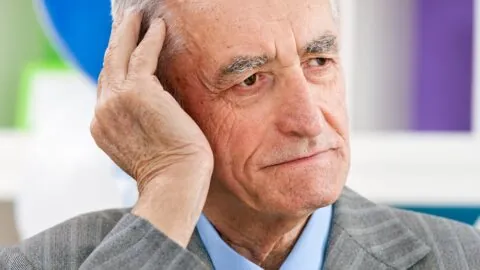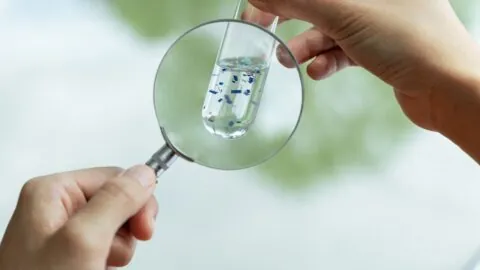October 24, 2025
A study from Rockefeller University suggests that an unholy duo of two proteins causes harm in much lower concentrations than either of them alone. This points to a possible route for intervention [1]. When amyloid met fibrinogen Amyloid beta (Aβ) and tau proteins are the usual suspects in Alzheimer’s disease. However, focusing on either of...
October 10, 2025
Scientists have created polymersomes, a type of nanoparticle, that latch onto a master regulator of amyloid-beta clearance, diverting it towards a more efficient route. The treatment drained Aβ from mouse brains within hours and, after a short dosing regimen, restored cognition to near wild-type levels [1]. Get it out of your head Since the discovery...
September 19, 2025
In Aging Cell, researchers have outlined the relationship between Alzheimer's, increased pain sensitivity, and the enzyme LPCAT2. Pain is among the earliest signs The key characteristics of Alzheimer's disease, such as cognitive decline and brain deterioration, are very well-known [1]. However, other symptoms, such as pain sensitivity, may precede these key manifestations, providing an early...
September 12, 2025
Scientists have demonstrated that short-term exposure to microplastics causes Alzheimer’s-like effects in mice expressing human APOE4 versus APOE3. These effects were sex-dependent, mirroring the disease in humans [1]. Microplastics and the brain Exposure to tiny particles that plastic products shed (microplastics) has been linked to increased mortality and diseases [2]. Microplastics are ubiquitous and enter...
September 08, 2025
Scientists have found a way to directly stimulate the assembly of Complex I in mitochondria, rescuing memory deficits in mouse models of Alzheimer’s and frontotemporal dementia [1]. Mitochondrial signal transducers Why We Age: Mitochondrial DysfunctionAs they age, the mitochondria in our cells lose their ability to provide cellular energy and release reactive oxygen species that...
August 26, 2025
Scientists have developed a potent diagnostic tool based on the vascular hypothesis for Alzheimer’s. It outperformed three current techniques and might offer clues to the mechanism behind the disease [1]. The blood flow hypothesis Traditionally, Alzheimer's disease has been associated with the presence of amyloid plaques and tau tangles in the brain: the amyloid cascade...






